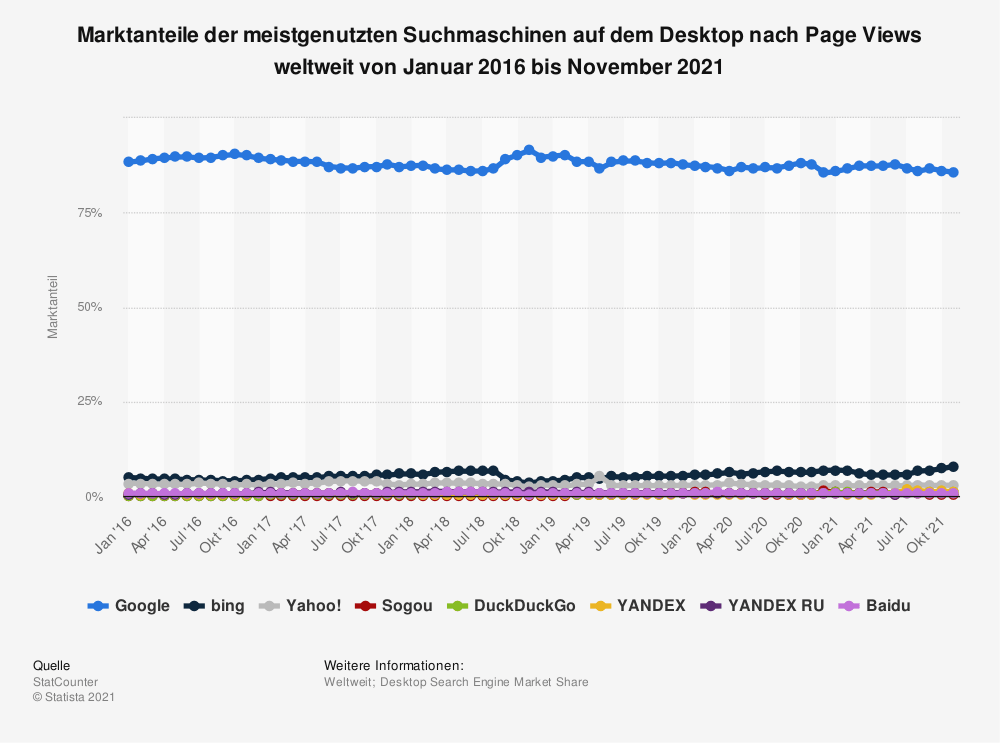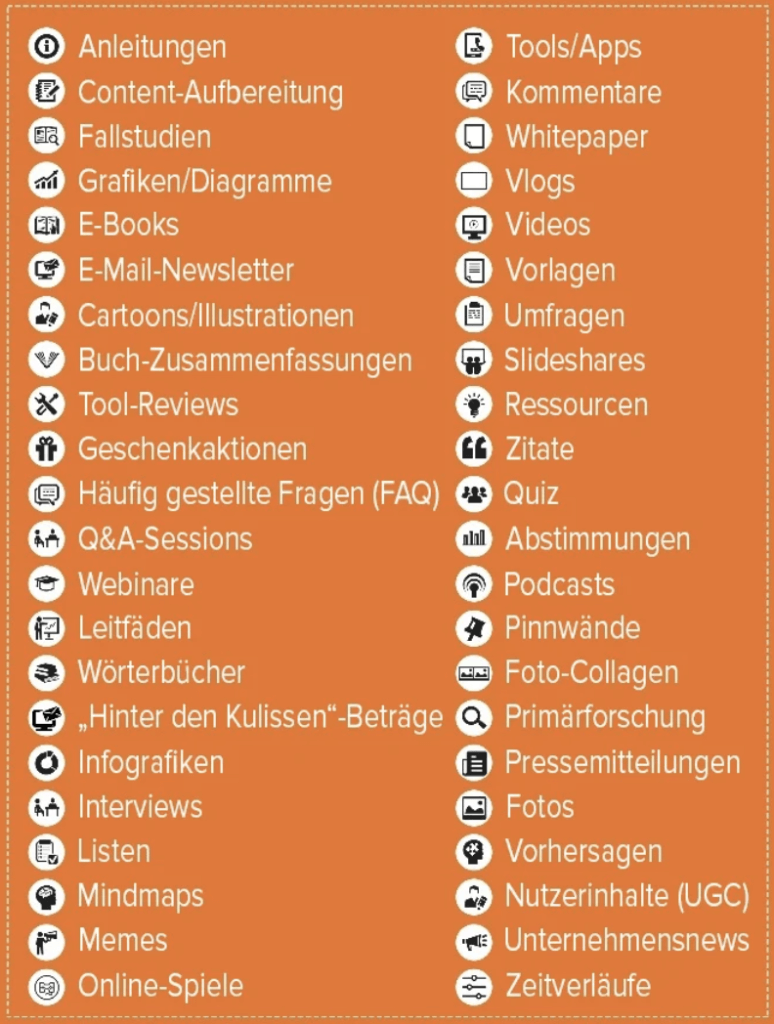

In this strategy guide, we’ll explain how you can explore a content marketing strategy with 6 simple questions and place the right content types along your the customer journey.
Most companies underestimate how important good content is in the performance marketing mix. In the B2B segment, products requiring explanation with a high level of research are particularly well suited to “warming up” potential target groups for a campaign goal elsewhere. A well thought-out content strategy can thus quickly establish itself as a profitable channel for lead generation.
Regardless of this, relevant content should be part of any full funnel performance marketing strategy anyway. It is the “red glue” of communication between the performance channels SEO, SEA and social media. One thing a content marketing strategy certainly isn’t, however, is just writing a company blog.
How exactly can a content marketing funnel or content marketing strategy actually be defined? Many marketing departments would say: “We write a newsletter and a blog, our content marketing is flourishing”. However, we would not attest to a strategy or a funnel here. A good content strategy that follows a funnel logic should always be organized in a holistic content marketing funnel. This can be defined as follows:
Basically, we adapt the AIDA funnel to a content marketing strategy and then define the objective, target group and appropriate content types. These are then assigned to the respective phases (TOFU, MOFU & BOFU), as well as the performance marketing channels (e.g. Facebook, Google, Pinterest) of the corresponding phases.
As is so often the case, the first step at the beginning of any measure is to define the goal. If you don’t know where you want to go, you don’t even need to start. This applies all the more to extensive projects. A content marketing strategy is quickly an infrastructure that grows over years and through a wide variety of channels. The question of why should therefore be asked with the highest priority from the beginning.
The following questions will help you set a goal:
After you have defined and quantified your objectives in the performance channels, it is important to answer more precisely who you want to reach in the first place. We recommend defining so-called buyer personas for this purpose. Our best practice provides for 3-5 buyer personas, which you should create at least in a short version. How this looks like, we have recorded on a Buyer Persona Card from WEVENTURE (see graphic below). When creating such a Buyer Persona, we always ask ourselves the following questions:
We like to use the so-called Facebook Audience Insights (a great guide from WEVENTURE) as well as Google Analytics demographic characteristics to find ideas. This allows us to evaluate our own data on the target group, but also to take a closer look at the social media presence of the competition.

The heart of a good content marketing funnel is, of course, the content itself. Here, you should decide which content types you want to use. There are many to choose from, ranging from webinars to blogposts to memes (see graphic below). The right choice here depends heavily on your objective, your buyer personas, and your own capacity for content creation. For example, if your goal is to increase organic traffic by 120%, writing a monthly blog article is unlikely to be enough. Here, cross-discipline communication with SEO, social media and the content marketing department or agency makes sense. So it’s best to ask yourself the following questions to find the right content types for you:
We usually recommend starting small and defining 4-6 content types. Stringency in content production takes precedence over content variance. To do this, it helps to define a clear plan for content publication. Without a content plan there is no content strategy, without a strategy there is no content marketing funnel

TOFU stands for “Top of the Funnel” and defines which content you should place in the awareness part of the AIDA funnel. We recommend that you define at least 2 content types for each funnel step. In the case of the TOFU, it would make sense to have blog articles and infographics, since your buyer personas are in the research phase and are usually still not very informed. So a concrete example for a blog article would be “5 reasons why braces don’t work” and for an infographic “The Great Dental Brace Comparison” – both with the goal to generate a website visitor.
MOFU means Middle of the Funnel and defines which content you should place in the awareness part of the AIDA funnel. Also in this funnel step we think it is right to define at least 2 content types. In the MOFU stage, it makes sense to place a webinar and a newsletter. For example, a webinar with a field report: “How Katja W. got straight teeth in 6 months” and the newsletter “Daily dental knowledge from tooth fairy to dental splint”. This way you go one step further to conversion and get your customer’s email address.
BOFU represents the bottom of the funnel and defines which content you should place in the awareness part of the AIDA funnel. In this funnel step, it’s everything or nothing! At the latest now, content types should be brought into play that finally convince your customers that your offer is the right one for them. Here it is particularly suitable to offer whitepapers and a free consultation. The whitepaper could look like this: “1,000 customers with dental trays, a user study from practice”, combined with a pop-up for a free consultation for a dental analysis. This dental analysis basically represents your offer and should finally convince the customer.
Conclusion: A corporate blog does not constitute a content strategy, let alone a content marketing funnel. If you can’t quantify your objectives with concrete KPIs, you shouldn’t even start creating content. It is important to define the appropriate content types for each funnel step and each buyer persona and to publish them stringently. A content marketing plan helps to measure the regularity.